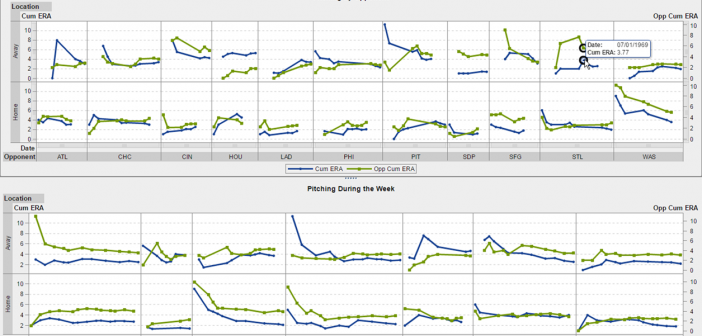
Having a mentor is the number one factor in increasing the steepness of your personal learning curve. So says my oldest, Garik, a Park Scholar at North Carolina State University (class of 2012), during a discussion he recently had with the incoming Park Scholar class of 2019. To accept the


















